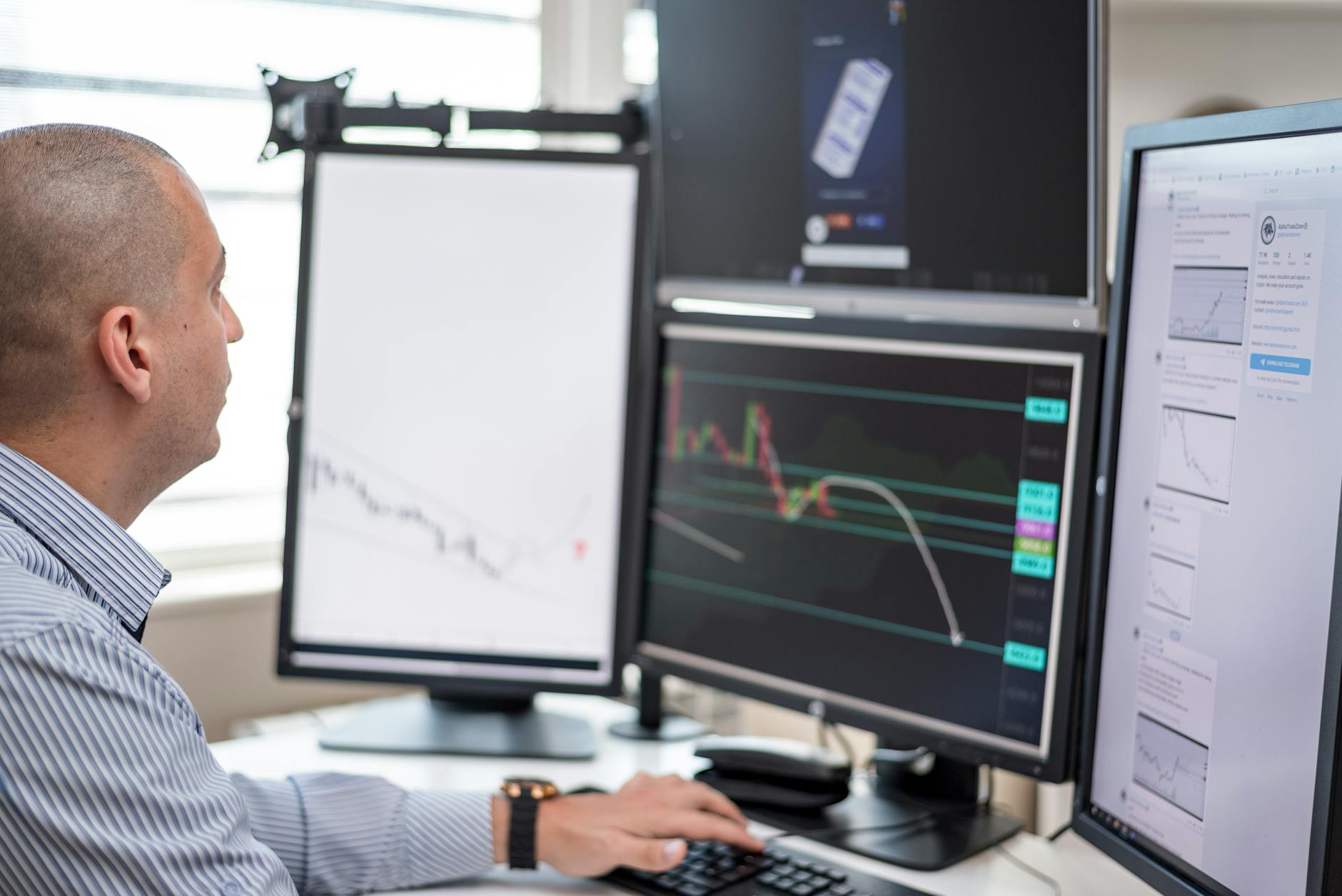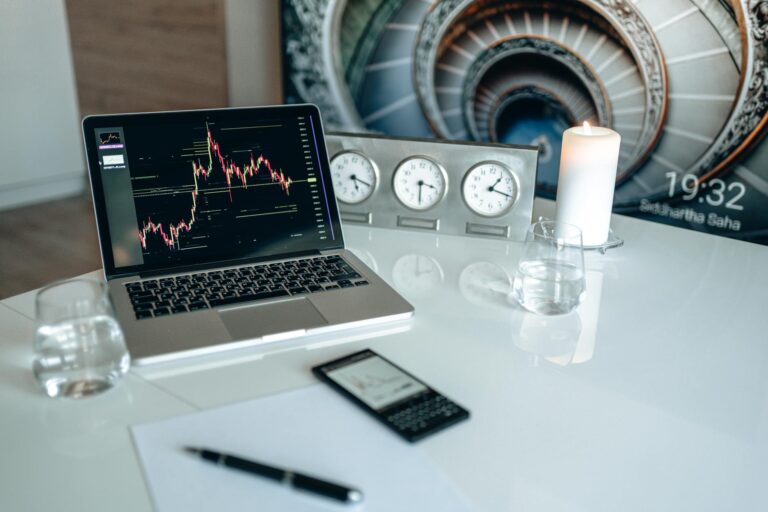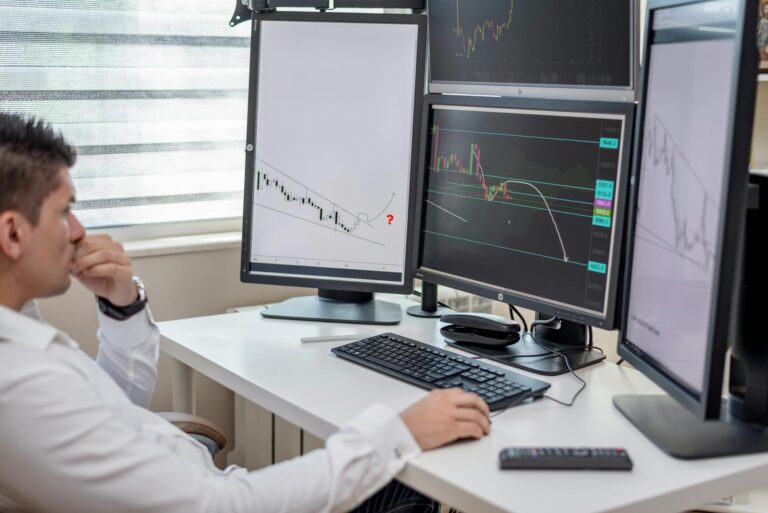Harnessing the Power of Algorithmic Trading in Forex Markets
Introduction to Algorithmic Trading in Forex
Algorithmic trading, also known as algo trading, uses computer programmes to execute trades automatically based on predefined criteria. In the fast-paced Forex market, this approach offers traders a significant edge by enabling rapid decisions and removing human emotion from trades.
Why Algo Trading is Revolutionising Forex
- Speed and Efficiency: Algorithms can analyse market data and execute trades in milliseconds, far faster than any human.
- Consistency: Automated strategies stick to rules without hesitation, avoiding impulsive mistakes driven by fear or greed.
- Backtesting Capabilities: Traders can test their strategies against historical data before risking real capital.
- Diversification: Algorithms can monitor multiple currency pairs simultaneously, spreading risk.
Key Components of a Successful Forex Algorithm
Effective algorithms rely on several core elements:
- Clear Strategy: Defined entry and exit points, risk management rules, and market conditions.
- Robust Data Feed: Access to reliable, real-time Forex data ensures timely and accurate execution.
- Risk Controls: Stop-loss and take-profit mechanisms embedded within the code to safeguard capital.
Challenges and Considerations
While algorithmic trading offers many benefits, traders must be aware of potential pitfalls:
- Over-optimisation: Excessive tweaking to fit past data may reduce effectiveness in live markets.
- Technical Failures: Connectivity issues or software bugs can lead to missed opportunities or losses.
- Market Changes: Algorithms may struggle when market conditions shift drastically.
Conclusion
Algorithmic trading represents a cutting-edge advancement in Forex markets, helping traders harness speed, discipline, and data-driven strategies. By understanding its strengths and limitations, Forex traders can leverage algorithms to improve performance and stay competitive in an increasingly automated landscape.







